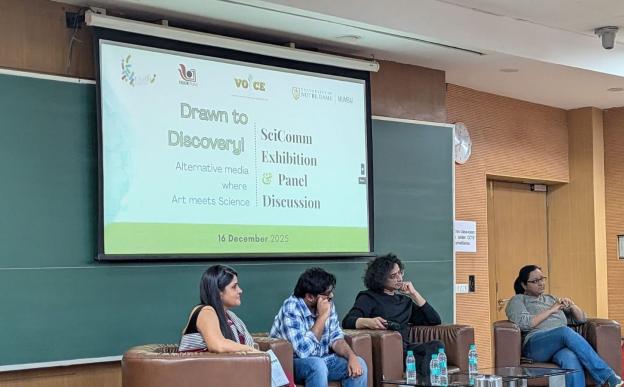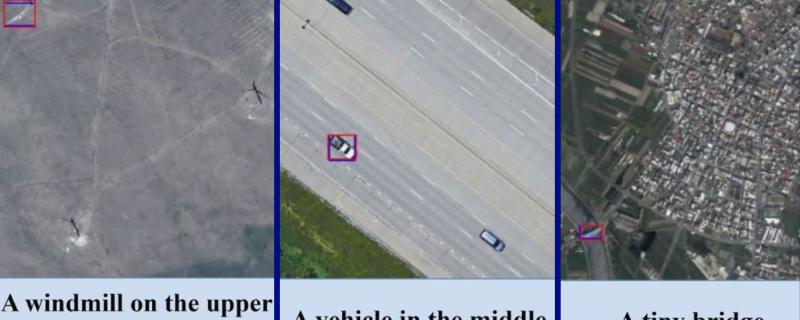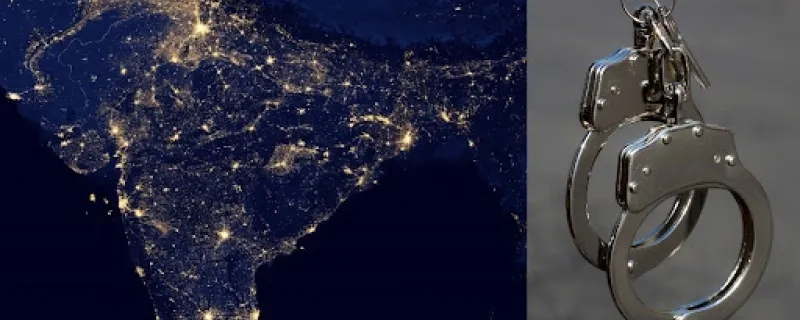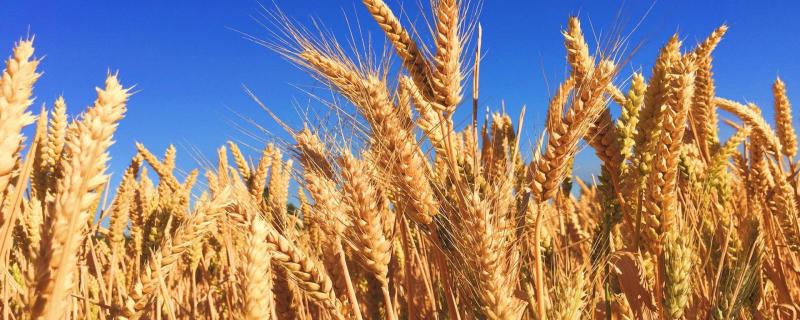This new effort provides a single, high-quality, and comprehensive database that maps the environmental, physical, and human landscapes of the catchments for all 5,715 large dams in the country.
The Indian Institute of Science Education and Research (IISER) Pune on Tuesday launched the VOICE Fellowship 2025
Pune/







